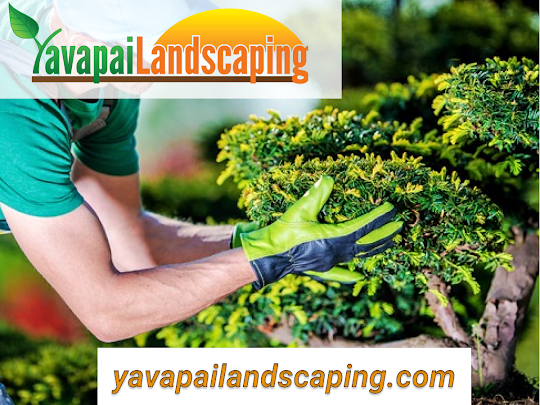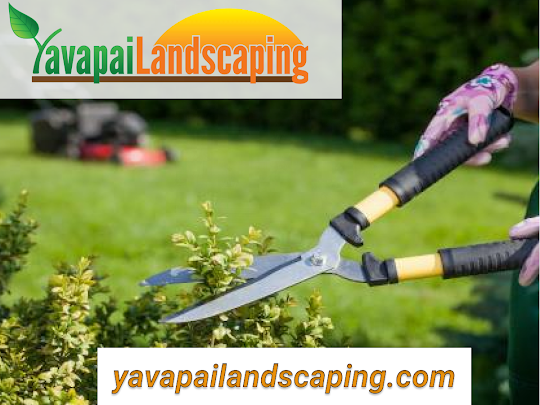
A lot of people think that if they don’t live in a climate that has the right type of plants, it’s not worth planting them. But this couldn’t be farther from the truth! With some careful consideration and research, you can find plants that are perfect for your region.
The first thing to do is take a look at maps or visit websites like GardenWeb.com to figure out what zone you’re in and which plants would work best there. Once you’ve done that, it’s time to choose plants!
Some of the best garden plants are native species.
Not only are they hardy and well-adapted for your climate, but many non-native species actually can’t survive in certain regions because their natural competition is too strong.
Also, keep in mind which zone you live in when choosing perennials or annuals – while some flowers may be able to grow both indoors and outdoors depending on region, others will only do well either inside a greenhouse or outside during warm weather months. Lastly, make sure any tree or plant you purchase has been properly tagged by the nursery with its cold hardiness level – this lets gardeners know how low temperatures must go and damage occurs.
It’s a common misconception that water features are only for the wealthy. In reality, there is no such thing as too much water when it comes to curb appeal and property value. And with so many different types of fountains and ponds available, you’re sure to find something that fits your budget and taste.
Most people don’t realize this because they think about all the work involved in maintaining a garden, but what most people don’t know is that adding a water feature can reduce lawn upkeep by up to 90%. Plus, homeowners report feeling happier and more relaxed when spending time in their yard thanks to natural sounds like trickling streams or bird songs coming from nearby ponds. So before you decide against adding one to your backyard space, consider all of the benefits.

Water is one of the most important resources to humans. Access to water can be a limiting factor in human population growth, and lack of access to potable water is estimated to cause about 3.4% of deaths annually. Furthermore, it takes an average of 1,000 gallons or more than 12,000 liters per person per day for all needs (drinking, cooking, cleaning) to be met- which means that many people don’t have enough available for necessities.
Drought resistant plants require less water to survive, but they still need some watering to thrive. Homeowners interested in these types of landscaping choices need to research the specific needs of their chosen drought-resistant plant before planting it in the ground or deciding on a container design. With so much at stake when it comes to water usage and availability- not just in terms of quality but also quantity- many homeowners are looking for ways they can reduce their household’s dependence on municipal supplies while still maintaining healthy landscaping. Drought-resistant plants are an excellent way to do this.
If you want to plant an accent tree, think about using one that can provide shade or color contrast. For example, a weeping willow is great for providing both because it drapes over the ground and provides some nice shadows while its trunk has mottled bark in shades of gray, brown, and orange which creates nice visual interest.
Pay attention to what’s already growing around your area when choosing trees because they tend to grow large so if there are any homes nearby try not to choose anything too tall or big otherwise you’ll have shading issues on their property. Shrubs are another good choice but again be careful with how tall they get as well since many stays under five feet tall making them for close-quarter spaces like patios and decks.
When you’re gardening, it’s important to keep in mind the amount of water needed for irrigation. Remember that plants need at least one inch of water per week which is equivalent to about 12 gallons per day – more if temperatures are high.
This may seem like a lot but fortunately, there are many ways you can go about this including watering by hand or even using a drip system. If your area has periods of drought, it might be wise to invest in an underground well or cistern as these will help with conservation efforts.
However, most people rely on rainwater harvesting systems and surface water runoff for their garden needs which means they’ll have less work overall when it comes to irrigation concerns.
You may have heard the adage “too much of a good thing is not always a good thing”. It’s true that over-watering your plants can cause them to grow too fast or become diseased, but under-watering your plants can be just as bad.
Under-watered plants are more likely to dry out and die than their well-hydrated counterparts. So how often should you water?
The answer will depend on the soil type in which you’re planting. If you live in an area with sandy soil, it’ll need watering every day while heavy clay soil calls for once every week or two weeks. But regardless of what kind of dirt you’ve got, if it doesn’t seem like enough water is soaking into the soil, it’s time to water.
A garden is a place filled with life. The flowers are in full bloom, the trees are waving around, and birds are chirping. All of these things make up your everyday backyard.
But what goes on when it’s not springtime? What does your garden look like in winter? That might be something you never thought about before! There are some ways to keep your garden looking beautiful all year round though! One way is by mulching, weeding, and pruning regularly.
These three things will help maintain the health of your plants while also keeping them well maintained during the other seasons. Mulching protects roots from cold weather; weeds can freeze or die because they’re buried under mulch, and pruning helps stop diseases that spread through a plant.











